A Discourse On The Feasibility Of An International Protection For Traditional Knowledge
By Christian Aniukwu*
Introduction
Traditional cultures and knowledge embody exquisite and distinctive creativity and are of immense cultural, historical, spiritual and economic value to indigenous peoples and traditional communities the world over[1]. The present system existing for the international protection of intellectual property was fashioned at a time when there was a surge in industrialization and technological advancement. The implication of this is that the international system for the protection of intellectual property was fashioned away from traditional knowledge, genetic resources, and traditional cultural expressions and geared, primarily, towards the preservation of technology.
According to the WIPO, Traditional Knowledge is a living body of knowledge that is developed, sustained, and passed on from generation to generation within a community, often forming part of its cultural or spiritual identity[2]. In recent times, there have been heated discussions at the international level over the protection of traditional knowledge. The reasons for this is not far-fetched: there have been evidence of increased commercial use of traditional knowledge in agriculture, the pharmaceutical industry and creative industries and in some instances to the detriment of the peoples from whom the knowledge originates[3]. The case of French Guiana is most appropriate here: the area is one notable for being constantly plagued with malaria and indigenous groups in the country developed traditional plant-based preventive and therapeutic systems for controlling the disease[4]. In 2003 however, a group of researchers associated with the Institut de Recherche pour le Développement (IRD) conducted a research in this area and found that 27 different plants were used in the traditional medicines used to treat malaria and, of these plants, quassia amara(alone or in combination with other plants) was the most effective[5]. The IRD went ahead and tried to isolate the compound within quassia amara that had proven so effective and conducted further research on the effectiveness of the plant in stages and how it was being used. Their discovery prompted the researchers to obtain patent protection for the compound; a US patent was issued in 2013, and a European patent office patent followed in 2015[6]. The researchers in their publications reported that they had relied on the findings of the ethnopharmaceutical investigation in Guiana however they made no provision for compensating the individuals they interviewed, the indigenous groups these people belonged or the government of Guiana[7]. Well known examples such as Neem, Tumeric, Hoodia, Macaamongst others exist: the knowledge from the indigenous and local communities where these plants are popularly grown was crucial in subsequent use of these plants in the pharmaceutical field and it is important to acknowledge them[8]. The Wandjina Spirit Images of the Australian Aborigines and Tibetan Rugs of the people of Central Tibet are notable cases[9].
It is at the wake of these issues that the WIPO Members established an Intergovernmental Committee on Intellectual Property and Genetic Resources, Traditional Knowledge and Folklore (IGC) in 2000; in 2009 an agreement was reached to develop an international legal instrument/instruments that would give protection to TKs, GR and TCEs[10]. Significantly international protection of TKs is imperative majorly because international laws provide the framework within which protection can be extended beyond national border and provides for international cooperation.
This article discusses issues on the areas of international law which would most appropriately protect TKs; it holds that even though Intellectual property law will be the best international protection for TKs there are still underlying issues as to the branch of IP most appropriate for this protection. Notably, the paper espouses better methods and ideas towards international protection of TKs.
Existing Protection and Objectives for Traditional Knowledge at the International Level
Fixing a system for the protection of TKs in Intellectual property system is a complex one. It has been noted by the WIPO that the nature of TKs is such that it might not necessarily fit into the sphere of intellectual property which typically grants protection for limited period to inventions and original works by named individuals or company as against a living body of knowledge developed, sustained and passed on from generation to generation within a community[11].
There are other complex issues with the international protection of TKs under IP. When community members innovate within the traditional knowledge framework, they may use the patent system to protect their innovations; however, traditional knowledge such as knowledge having ancient roots and is often informal and oral is not protected by conventional intellectual property systems. For example, traditional knowledge on the use of turmeric in an area called ‘Tumeric’ in Asia, to make medicine to prevent typhoid will not be registered under trademark, copyright or industrial designs protection for obvious reasons but could be registered under patents and also under geographical indication (GIs). This example will fall under GIs because according to Article 22 of the TRIPS, Geographical indications are “indications which identify a good as originating in the territory of a member…where a given quality, reputation or other characteristic of the good is essentially attributable to its geographical origin”. However, an example of a traditional knowledge amongst an indigenous people on how they draw and paint their ancestral spirits in an aesthetic way will not be protected under industrial design, trademark, geographical indication, and may not also be protected by patent[12]but will receive protection under copyrights protection because the domain of copyright is the protection of literary and artistic works which would necessarily include writings, music, works of fine arts such as paintings and sculptures. Traditional knowledge, unlike the conventional fixed protection which has been normalised in the international intellectual property system, presents diverse conventional issues making it impossible to fix all forms of traditional knowledge into one or few branches of IP. All these have prompted some countries to develop their own sui generis (specific, special) systems for protecting traditional knowledge. It is important to state also that the proposed protection of TKs under the IGC is within the context of intellectual property albeit a sui generis system of protection.
Regardless, TK has found protection in various intellectual property laws at the international level and other laws bothering on areas not related to intellectual property. Most notable is the Convention on Biodiversity (CBD). Article 8 (j) of the CBD requires parties, subject to national laws to respect, preserve, and maintain the knowledge, innovations and practices of indigenous and local communities, especially those that embody traditional lifestyles relevant to the conservation and sustainable use of biodiversity. Parties must promote the wider application of these standards (with the approval and involvement of knowledge-holders) and encourage equitable benefit sharing arising from utilization of such knowledge, innovation and practices[13]. Under Article 10(c), parties are required to protect and encourage customary use of biological resources and in accordance with traditional practices. Article 17(2) recognizes indigenous and traditional knowledge as one of the elements of information to be exchanged while 18(4) requires that parties encourage and develop methods of cooperation for development and use of indigenous and traditional technologies pursuant to CBD objectives.
The Nagoya Protocol addresses traditional knowledge associated with genetic resources with provisions on access, benefit sharing and compliance under Article 7. In Article 11, it addresses genetic resources where indigenous and local communities have the established right to grant access to them. Under Article 16 of the Protocol, contracting parties are to take measures to ensure these communities’ prior informed consent, and fair and equitable benefit sharing, keeping in mind community laws and procedures as well as customary use and exchange.
There is a human rights approach and protection for TKs under international law. Article 31 of the UN Declaration on the Rights of Indigenous Peoples states: Indigenous peoples have the right to maintain, control, protect and develop their cultural heritage, traditional knowledge and traditional cultural expressions, as well as the manifestations of their sciences, technologies and cultures, including human and genetic resources, seeds, medicines, knowledge of the properties of fauna and flora, oral traditions, literatures, designs, sports and traditional games and visual and performing arts.
These provisions give a blanket protection for TKs, TCEs and GRs compared to what the GCI is working to achieve: a comprehensive and specific regime of international protection for TKs under the intellectual property system.
Strengthening Protection of TKs Under International IP Laws
Literature on protection of TK shows that Intellectual Property regime offers the best protection for TKs the world over. Presently, Costa Rica, Kenya and South Africa, already have special IP laws for the protection of TKs in their jurisdiction. Also, the ARIPO Swakopmund Protocol shows the efforts at Regional level to protect TKs in the realm of IP.
It is imperative that in formulating a comprehensive law for TKs that the IGC start by identifying the points of convergence at national level and at the IGC especially in defining the subject and object of protection and what needs to be protected in relation to the mandate of the IGC. This clear-cut definition is important because of the argument as to whether or not genetic resources and TCEs (although clearly cut from TKs) has a point of convergence with traditional knowledge.
Intellectual property protection should necessarily be of two types: Defensive protection which aims to stop people outside the community from acquiring intellectual property rights over traditional knowledge and positive protection which is the granting of rights that empower communities to promote their traditional knowledge control its uses and benefit from its commercial exploitation[14].
An international IP instrument for the protection of TKs needs to take into account the diversity of realities of the existing traditional knowledge ecosystems: questions such as, what laws or systems of protection exist and who benefits from the protection should be dealt with. The international instrument should not be prescriptive due to the diverse nature of TK and the different types of protection within each country. An international regime that has a legally binding effect on the parties to the treaty is more desirable as it will provide protection beyond national borders of foreign works in countries other than countries of origin, provide a basis for harmonization of national laws and also provide linkages between national laws[15].
Conclusion
International protection for TKs will be better appreciated upon the full understanding of the numerous exploitation that has been suffered by various communities as regards their culture and knowledge. Amongst the diverse areas of international law under which actions could necessarily arise, international intellectual property sui generis system comes close to giving the desired protection to these communities as well as those yet to suffer any exploitation. An international system that provides this protection should take into account all possible loopholes and diversity of cultures and the willingness of some culture to share their TKs and the reservations by another never to share. While it is a long walk to tackling these issues in the international community, it is not an impossible task.
*LLB (Nig), BL, LLM (Illinois) IP Associate, Aluko & Oyebode. Email address – Christian.aniukwu@gmail.com.
[1]Molly Torsen and Jane Aderson, “Intellectual Property and the Safeguarding of Traditional Cultures”, Publications from the WIPO Archives, 2010
[2]WIPO, “Traditional Knowledge and Intellectual Property – Background Brief”, (WIPO Pressroom, 2020)www.wipo.int/pressroom/en/briefs/tk_ip.html<Accessed October 2020>
[3]Marisella Ouma, “Why and How to Protect Traditional Knowledge at the International Level”, keynote address at the seminar on Intellectual Property and Traditional Knowledge, Geneva, Switzerland (2016)
[4]William Fisher, “Toward Global Protection for Traditional Knowledge” Centre for International Governance Innovation (CIGI) Papers No. 198 – November 2018
[5]Muriel Vigneran et al, “Antimalarial Remedies in French Guiana: A Knowledge Attitudes and Practices Study”(2005) 98 J Ethnopharacology 351 at 351-52
[6]“Isolation of Simalikalactone E and use thereof as a medicament, in the treatment of malaria”, US Patent No 8604220 (18 June 2009)
[7]Supra note 6
[8]Ibid footnote 1 above
[9]Ibid footnote 4 above
[10]Ibid footnote 2 above
[11]Supra
[12]The question as to whether such drawings/paintings meet the criteria of being industrially applicable or useful may prevent protection under patents law. There will also be the question whether the work is new and involved an inventive step.
[13]Ibid footnote 1
[14]Ibid footnote 2 above
[15]Ibid footnote 1 above
****************************************************************************************
This work is published under the free legal awareness project of Sabi Law Foundation (www.SabiLaw.org) funded by the law firm of Bezaleel Chambers International (www.BezaleelChambers.com). The writer was not paid or charged any publishing fee. You too can support the legal awareness projects and programs of Sabi Law Foundation by donating to us. Donate here and get our unique appreciation certificate or memento.
DISCLAIMER:
This publication is not a piece of legal advice. The opinion expressed in this publication is that of the author(s) and not necessarily the opinion of our organisation, staff and partners.
PROJECTS:
🛒 Take short courses, get samples/precedents and learn your rights at www.SabiLaw.org
🎯 Publish your legal articles for FREE by sending to: eve@sabilaw.org
🎁 Receive our free Daily Law Tips & other publications via our website and social media accounts or join our free whatsapp group: Daily Law Tips Group 5
KEEP IN TOUCH:
Get updates on all the free legal awareness projects of Sabi Law (#SabiLaw) and its partners, via:
Facebook Page:SabiLaw
Instagram:@SabiLaw.org_
Twitter: @Sabi_Law
YouTube: SabiLaw
WhatsApp Groups: Free Daily Law Tips Group 5
Telegram Group: Free Daily Law Tips Group
Facebook group: SabiLaw
Email: lisa@sabilaw.org
Website: www.SabiLaw.org
ABOUT US & OUR PARTNERS:
This publication is the initiative of the Sabi Law Foundation (www.SabiLaw.org) funded by the law firm of Bezaleel Chambers International (www.BezaleelChambers.com). Sabi Law Foundation is a Not-For-Profit and Non-Governmental Legal Awareness Organization based in Nigeria. It is the first of its kind and has been promoting free legal awareness since 2010.
DONATION & SPONSORSHIP:
As a registered not-for-profit and non-governmental organisation, Sabi Law Foundation relies on donations and sponsorships to promote free legal awareness across Nigeria and the world. With a vast followership across the globe, your donations will assist us to increase legal awareness, improve access to justice, reduce common legal disputes and crimes in Nigeria. Make your donations to us here or contact us for sponsorship and partnership, via: lisa@SabiLaw.org or +234 903 913 1200.
***********************************************************************************


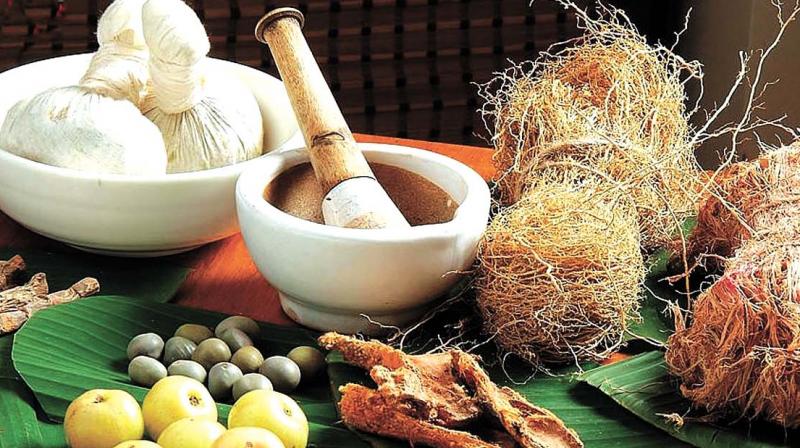
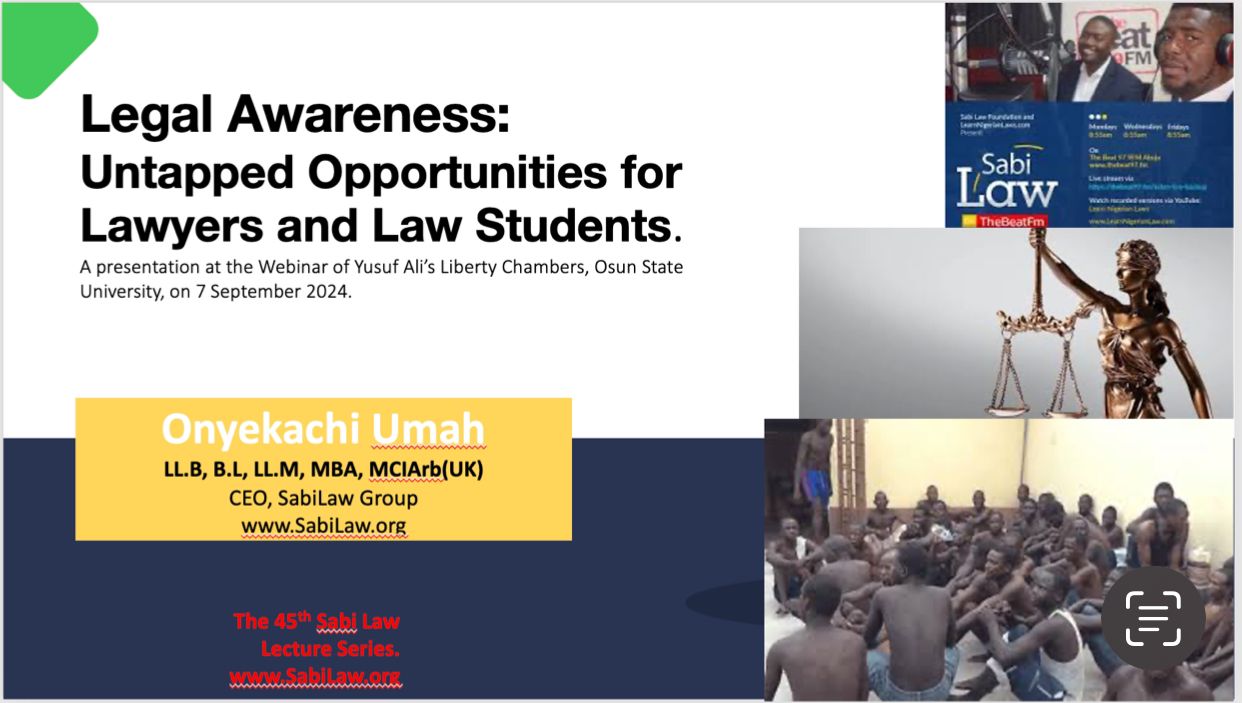
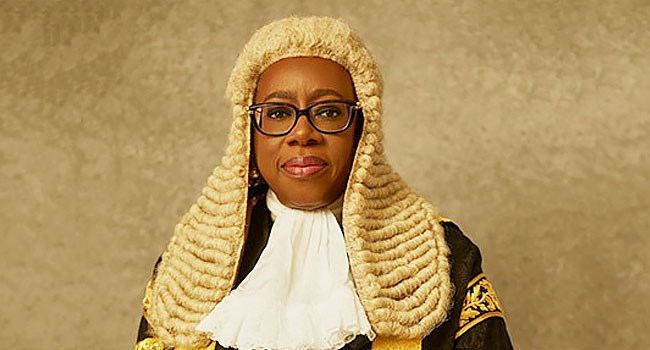

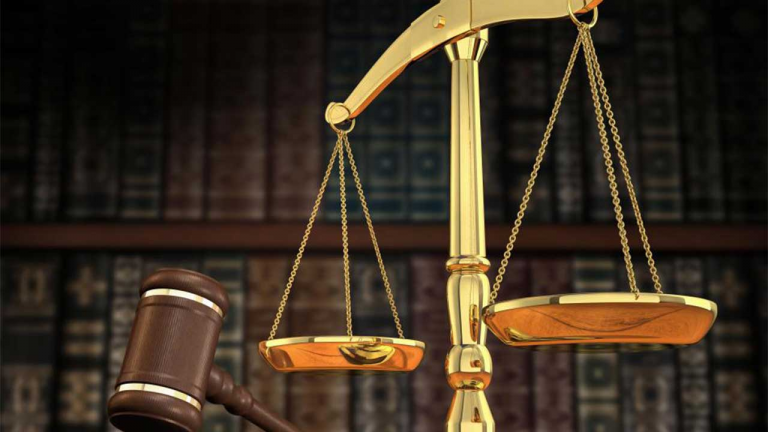

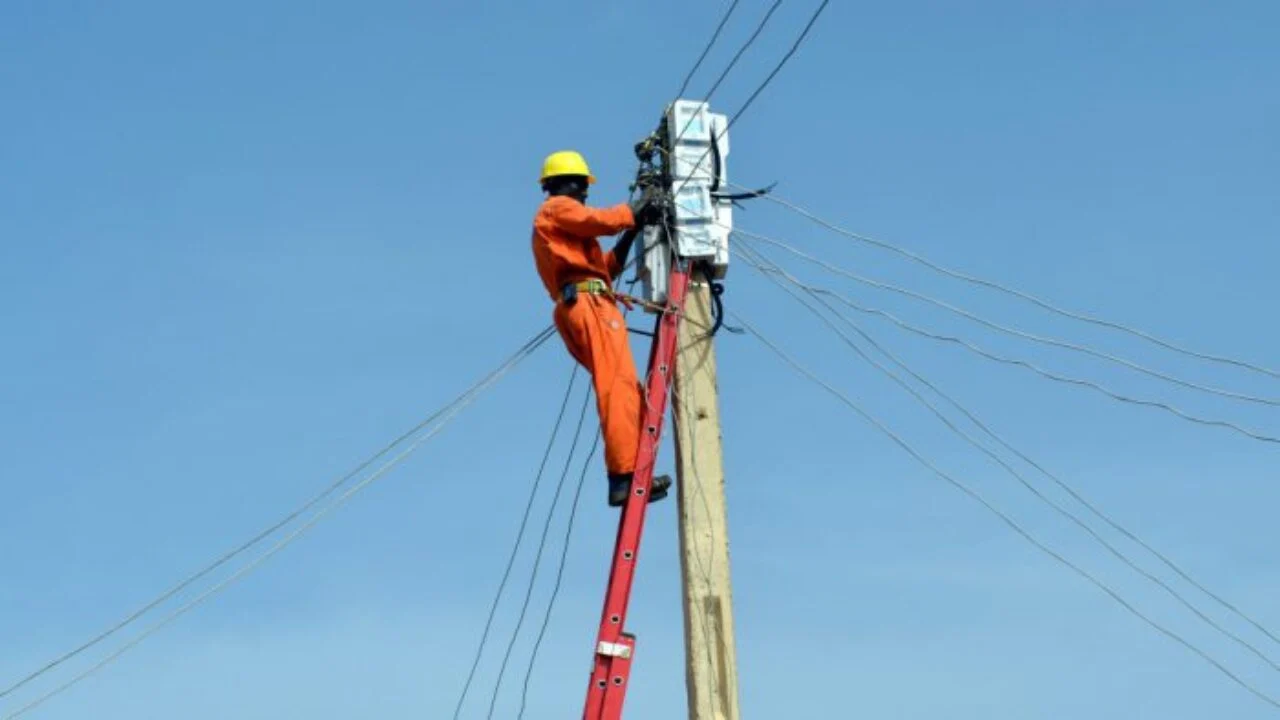
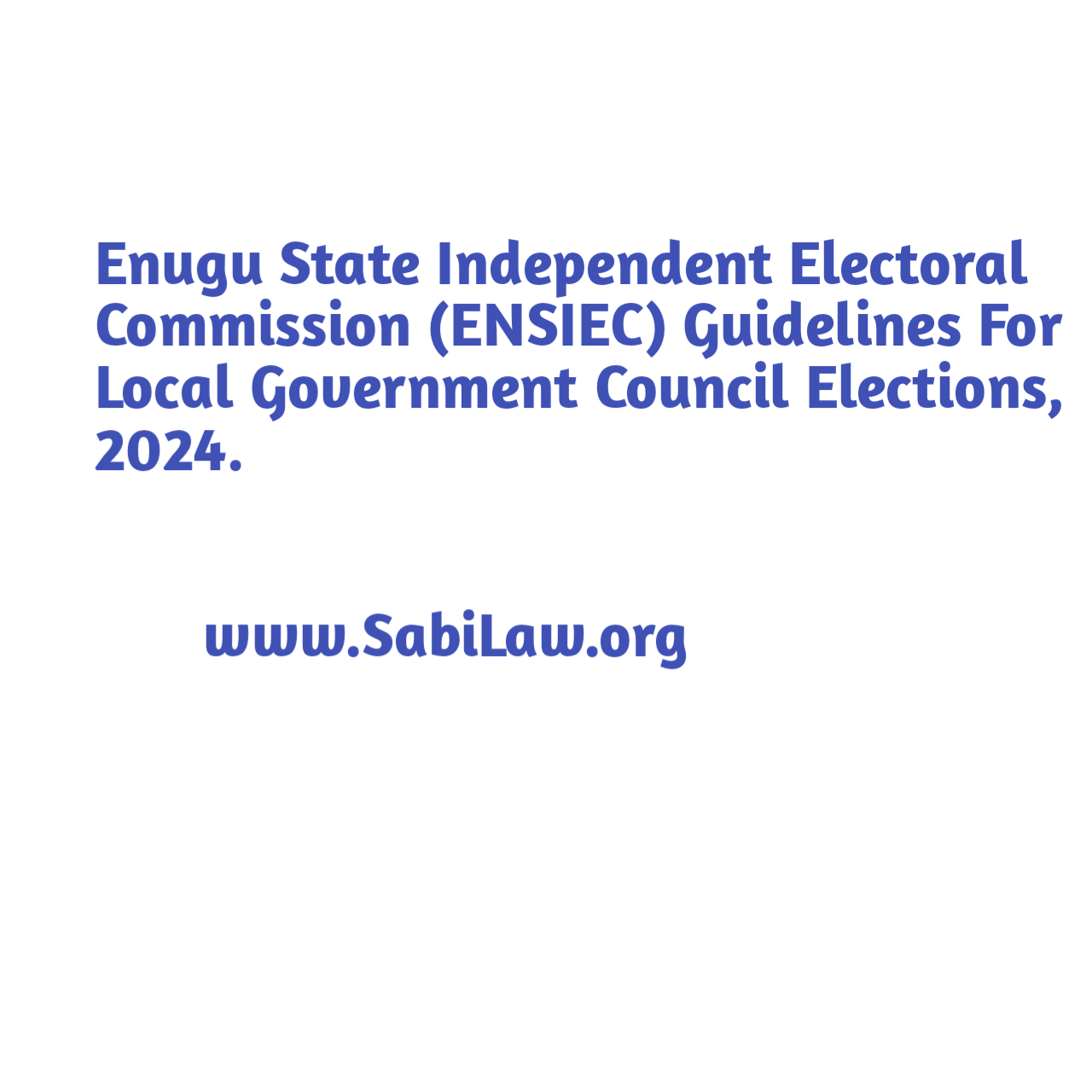
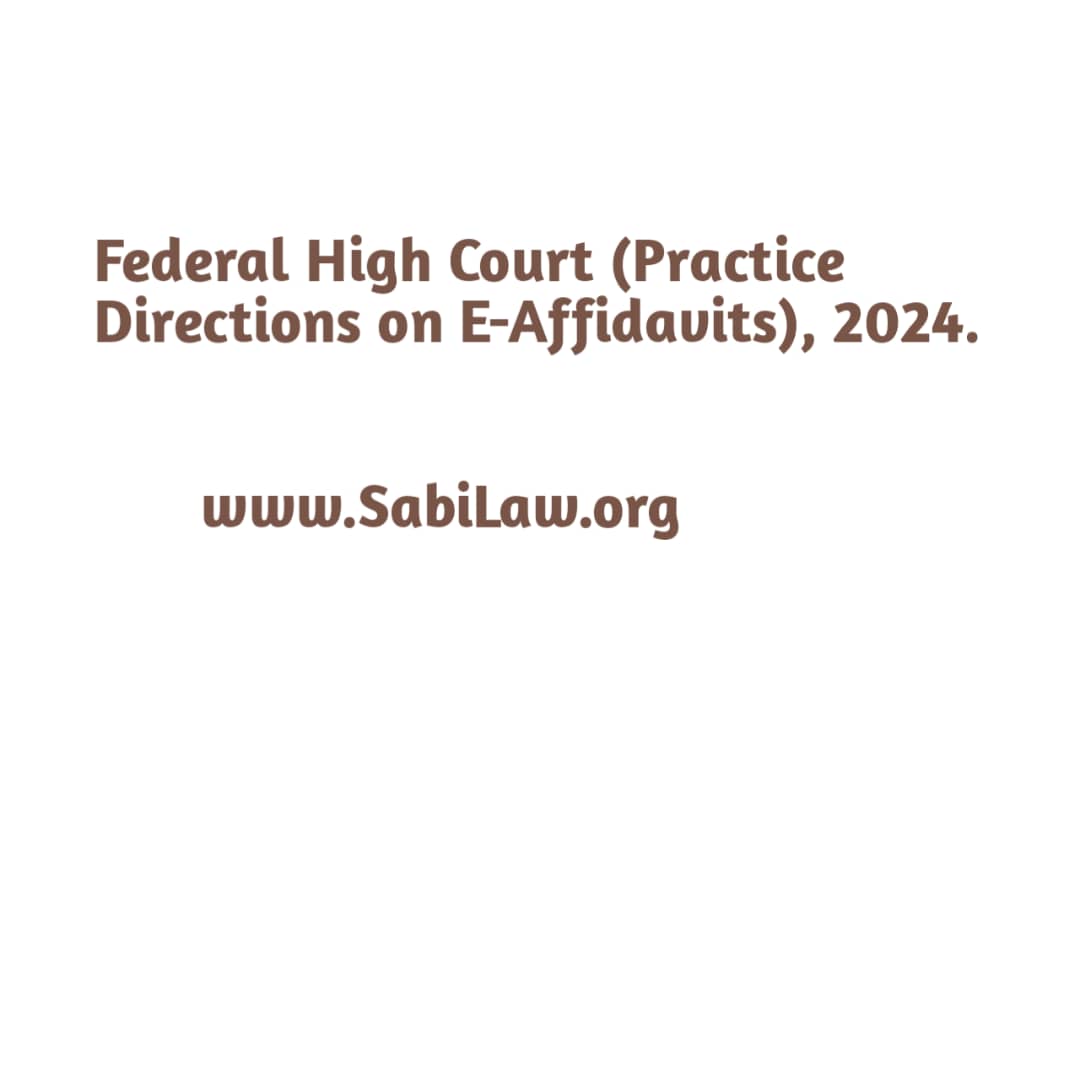
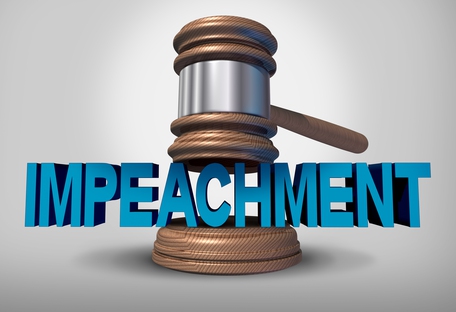

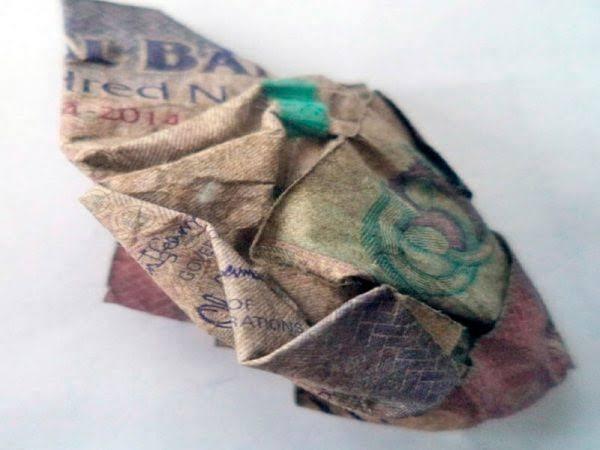
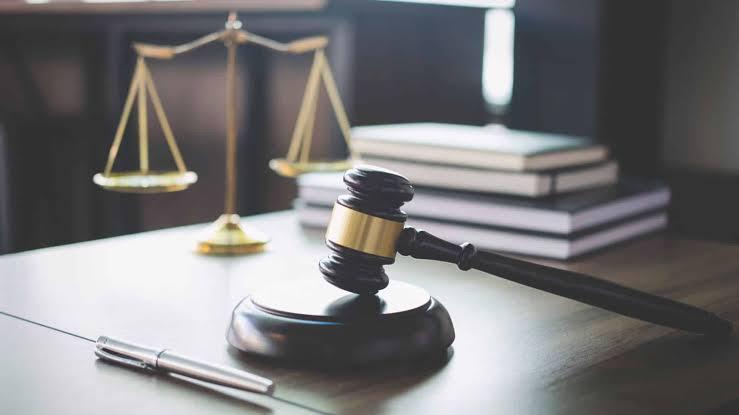

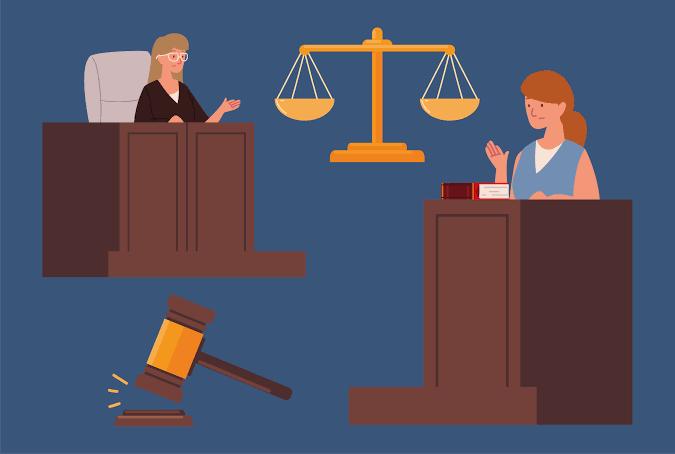
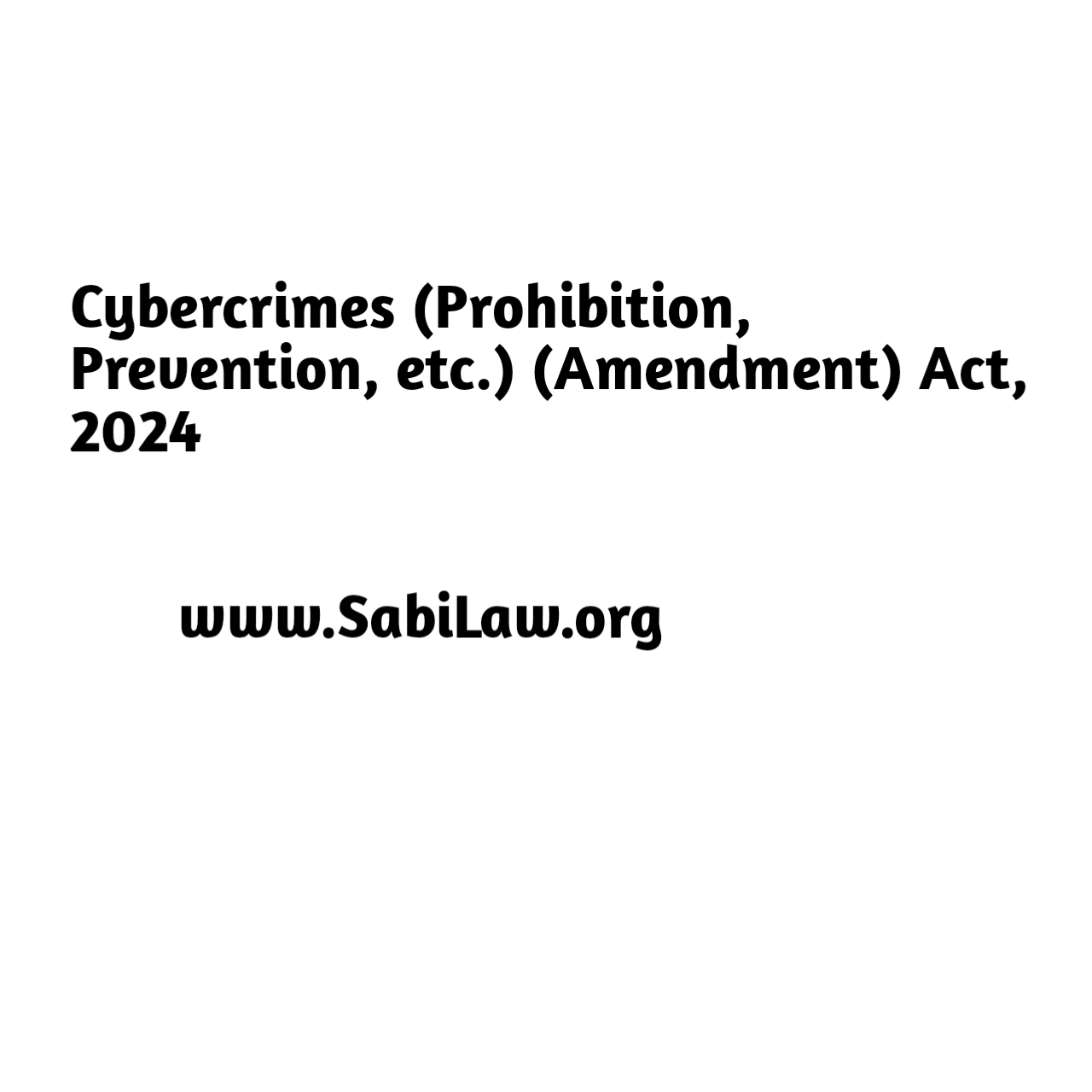
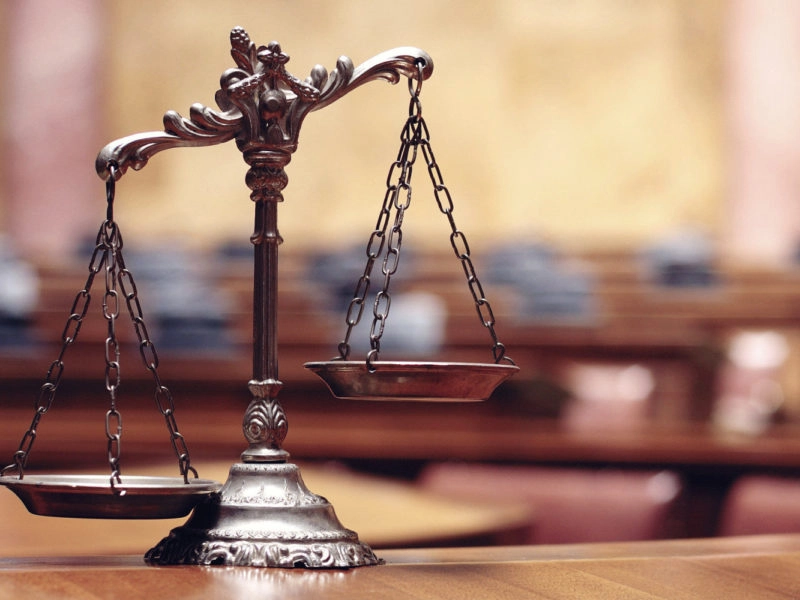




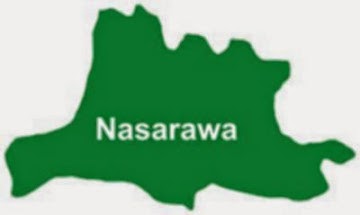
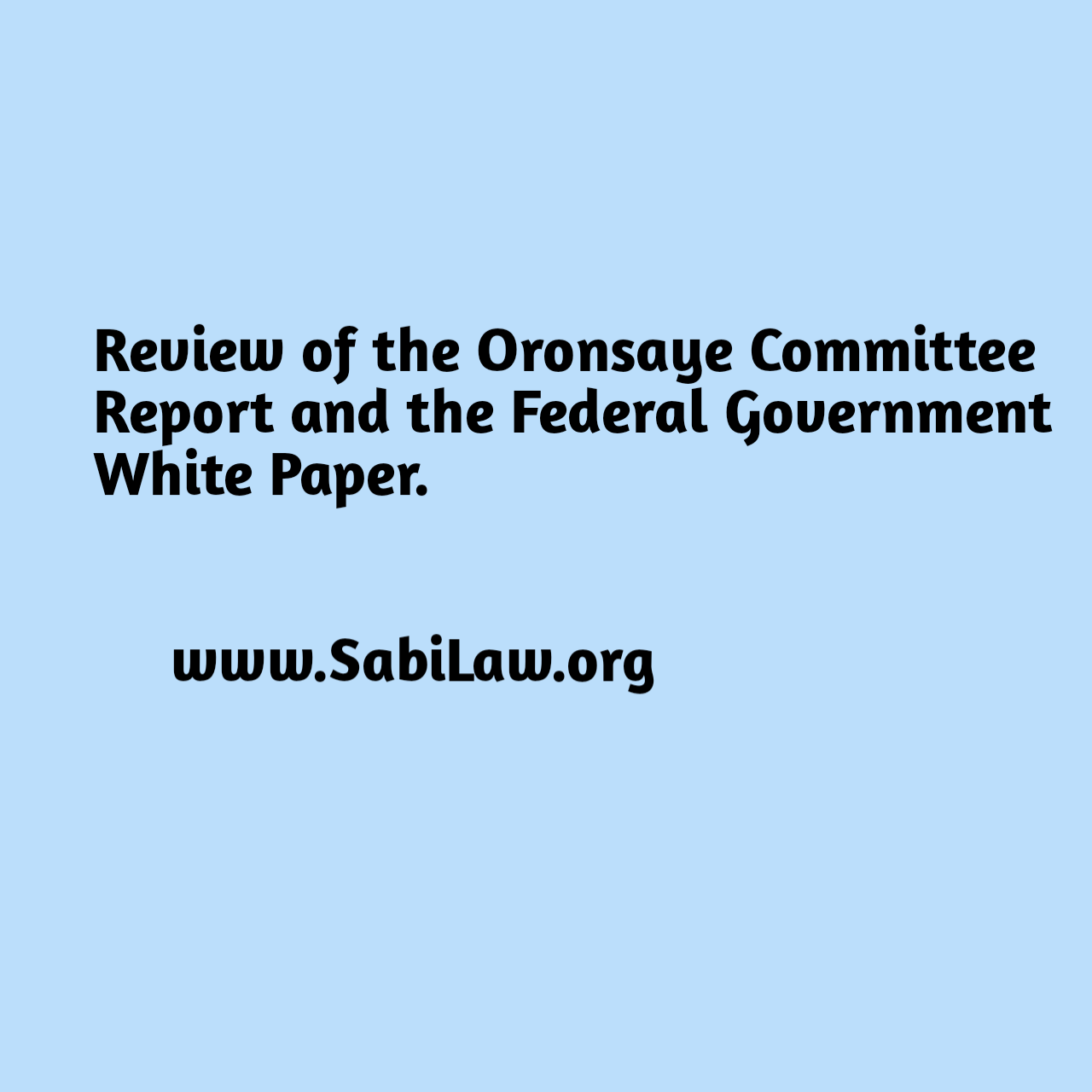







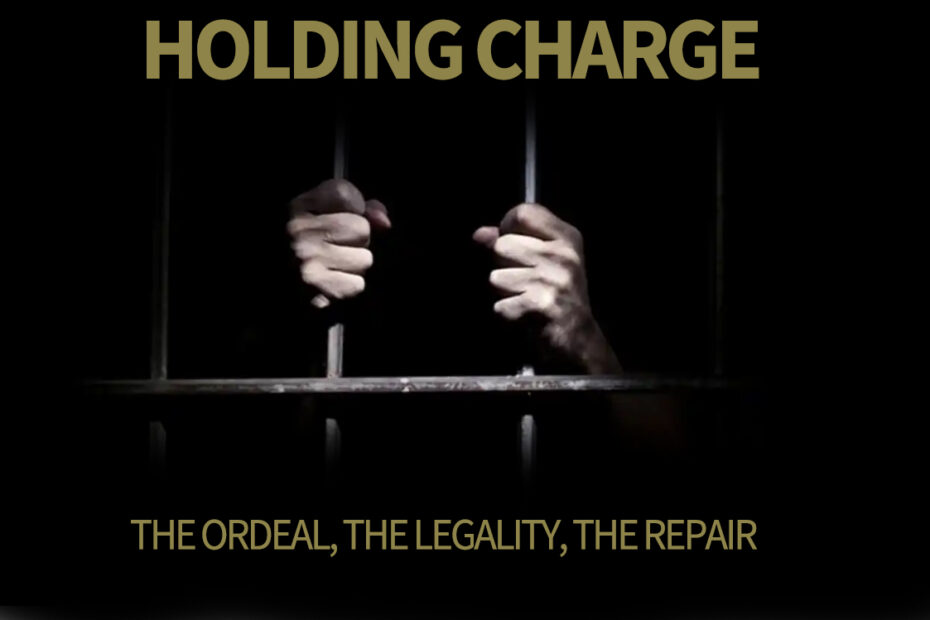



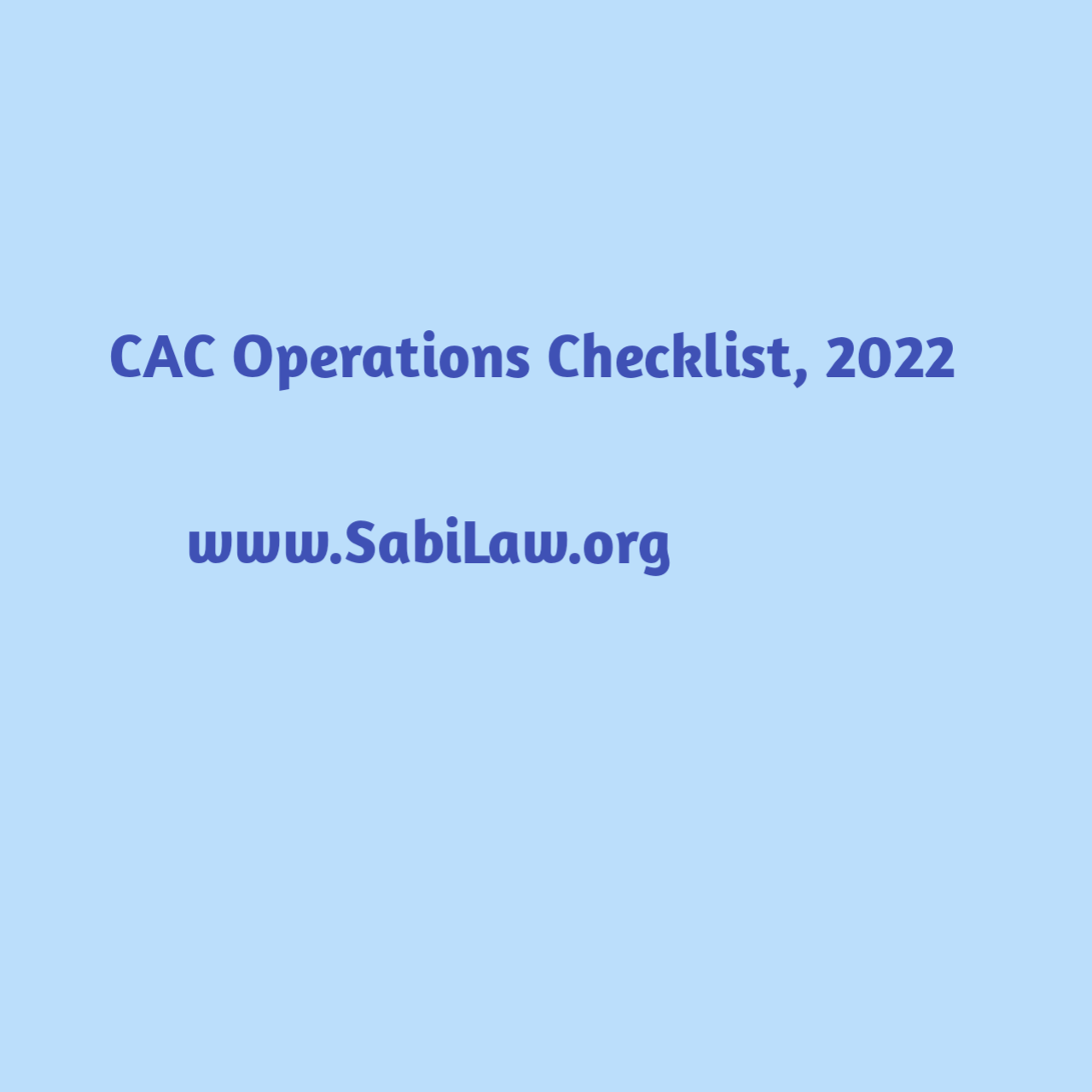
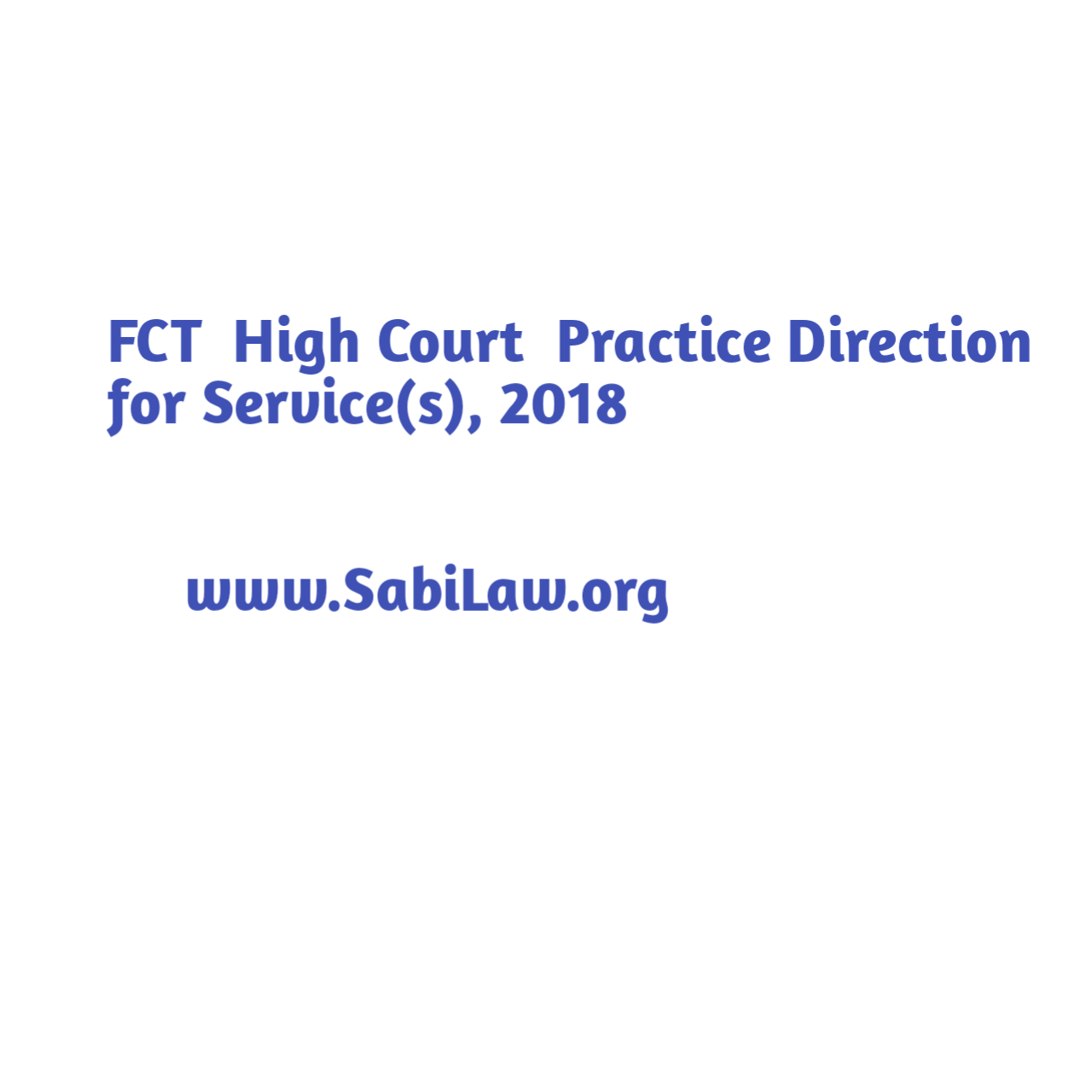
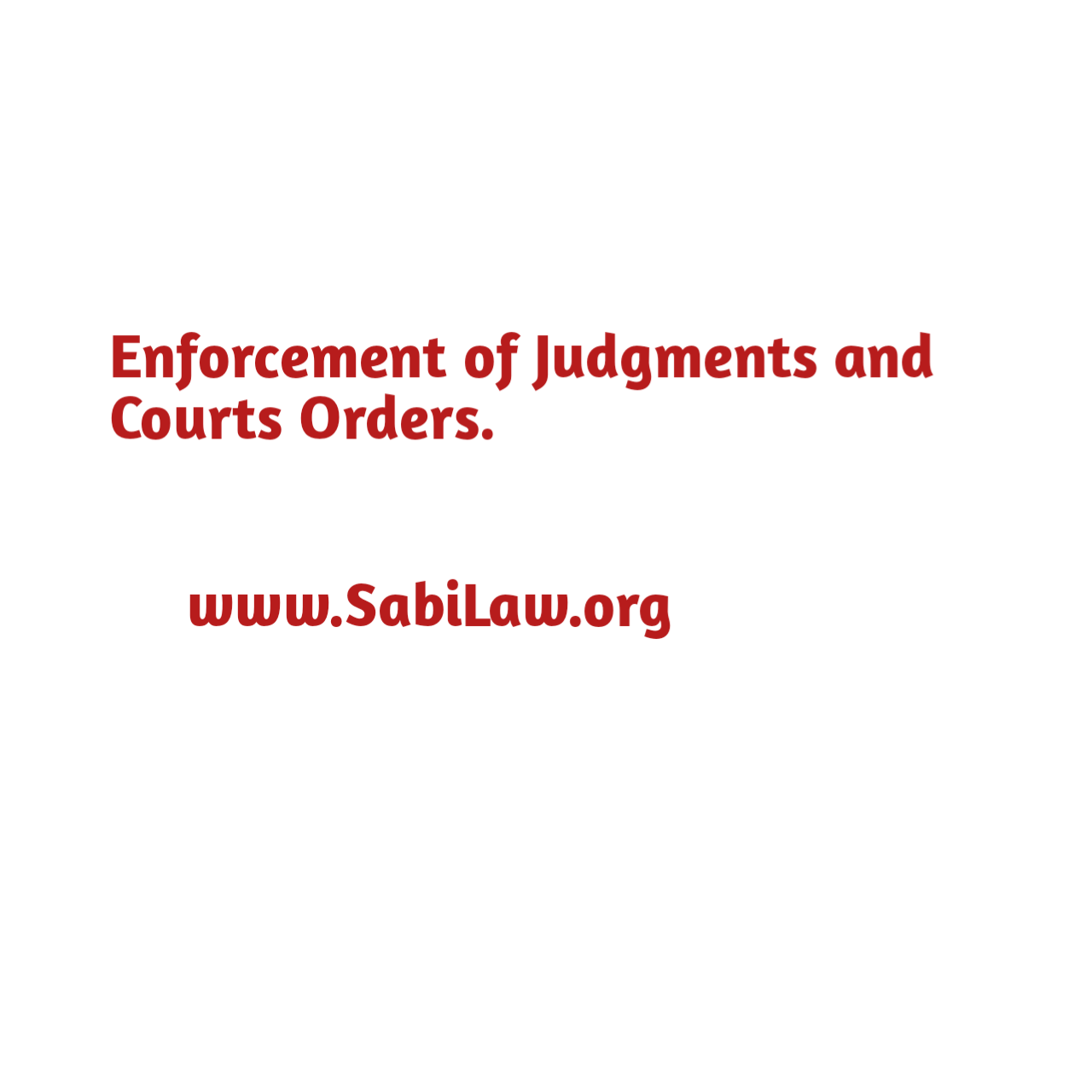
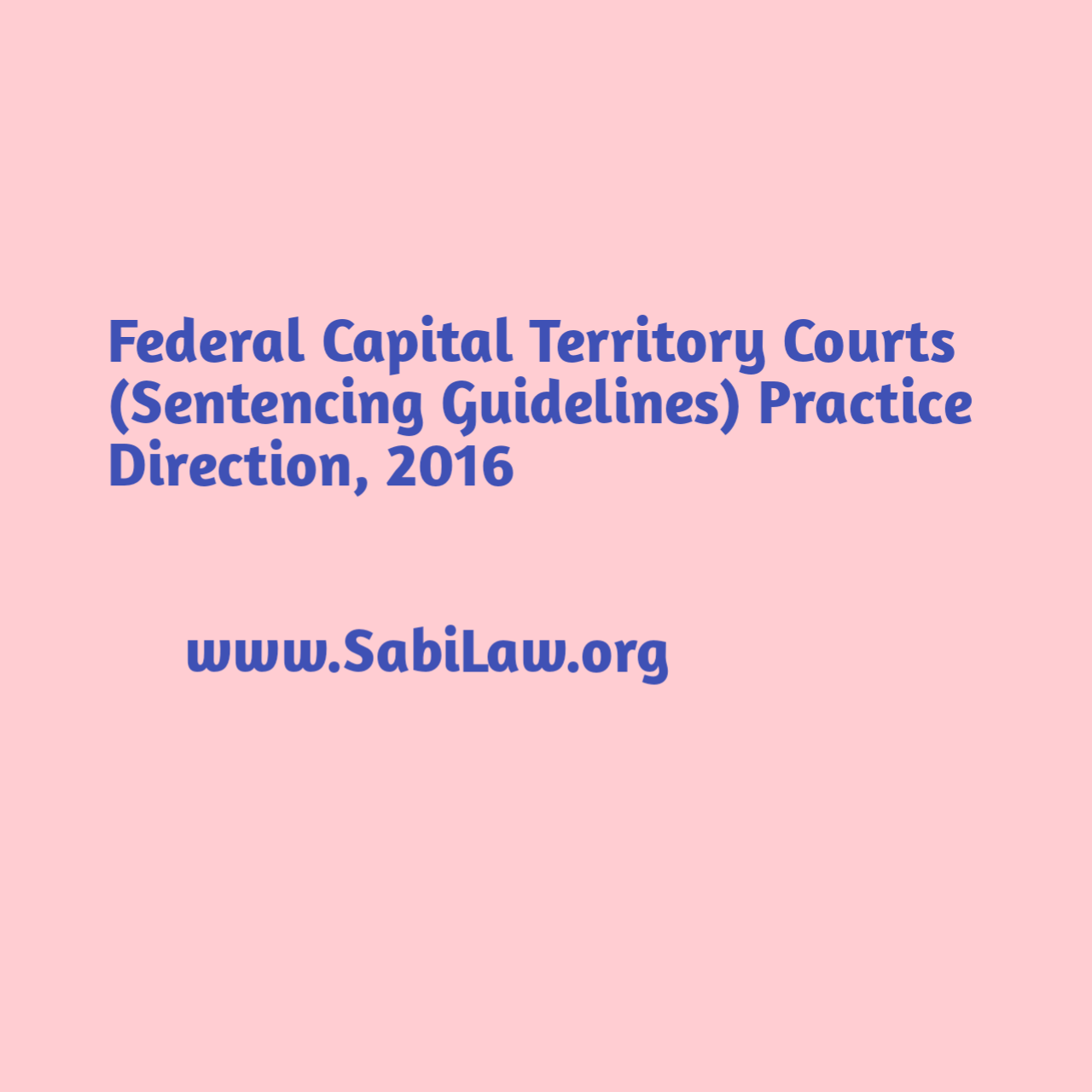
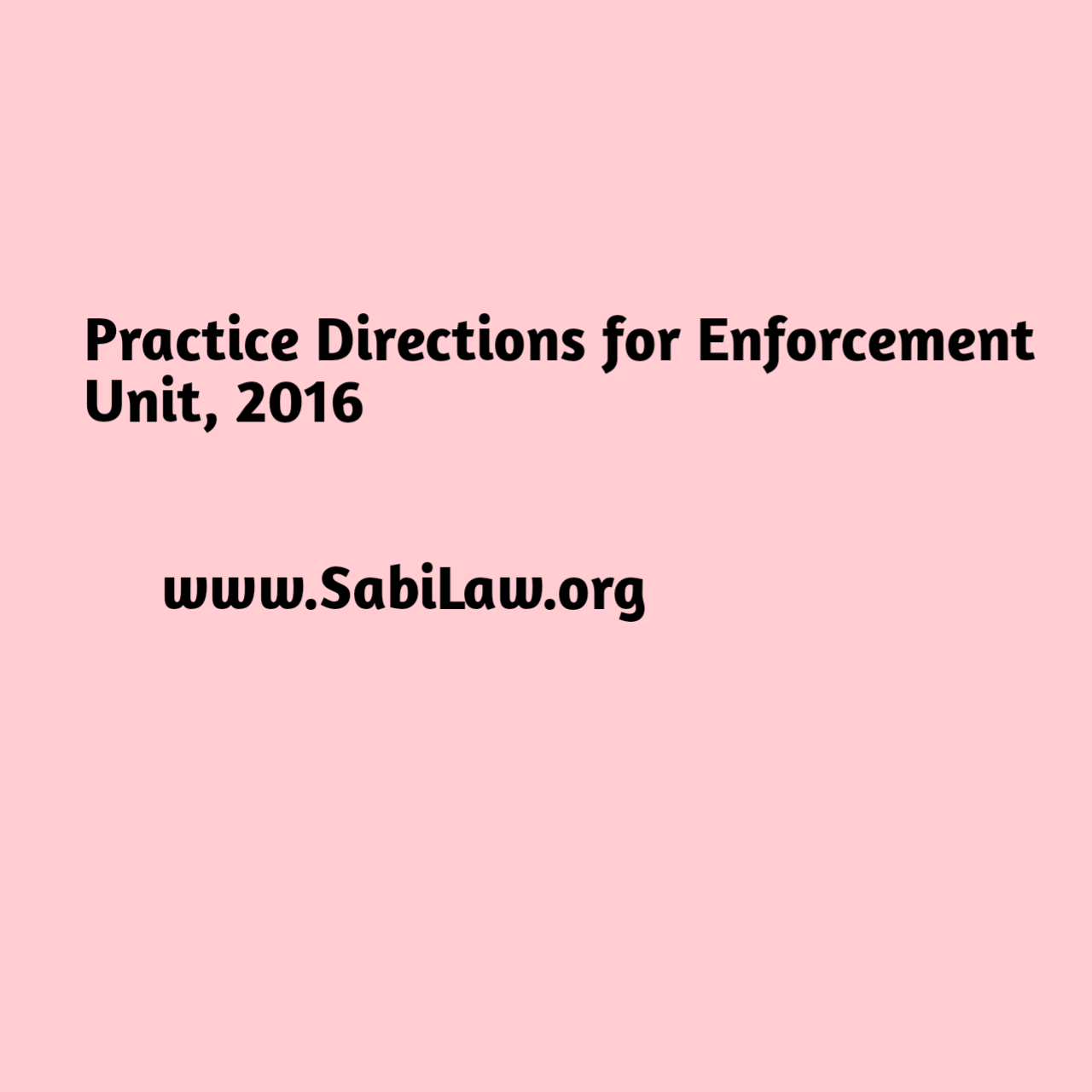
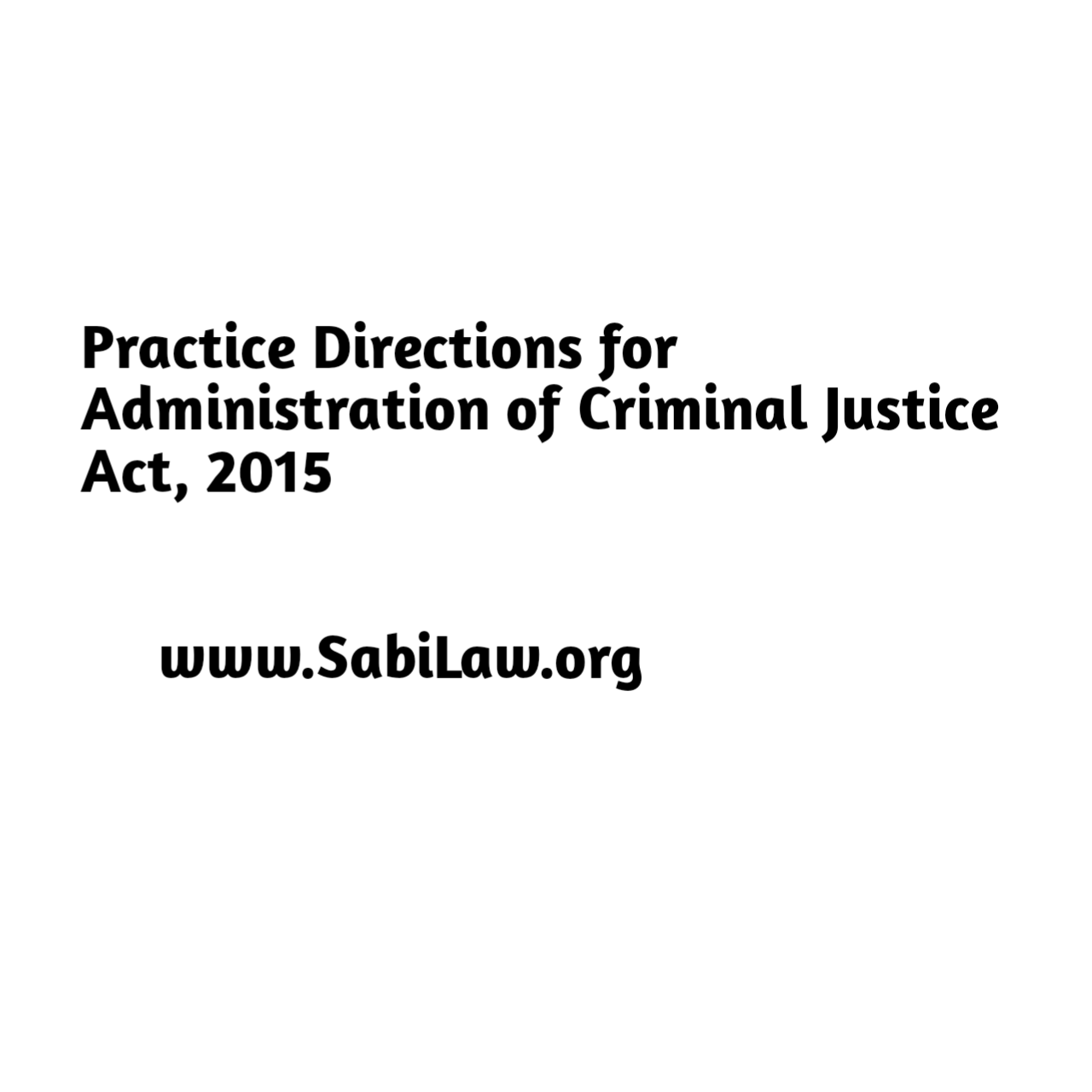
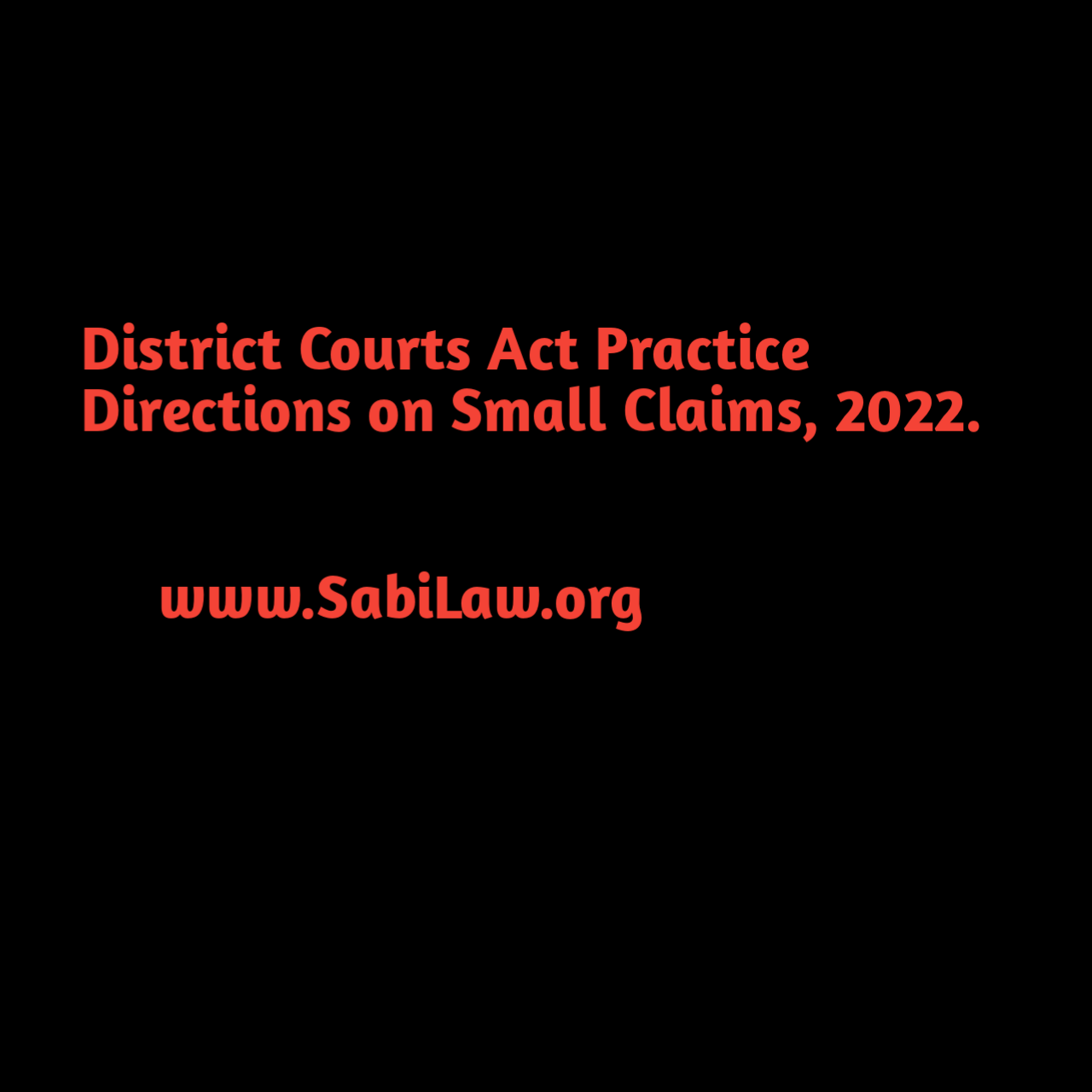


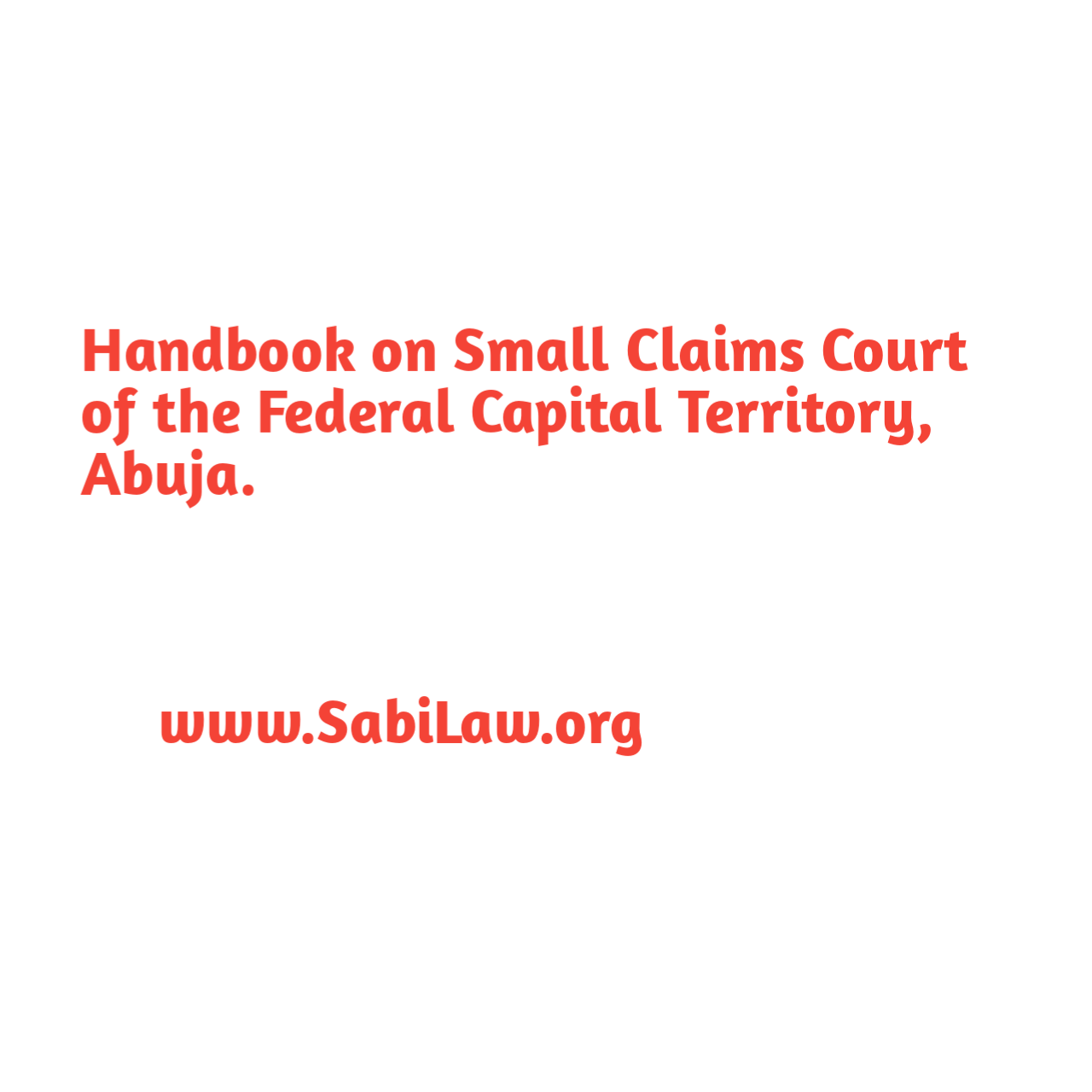




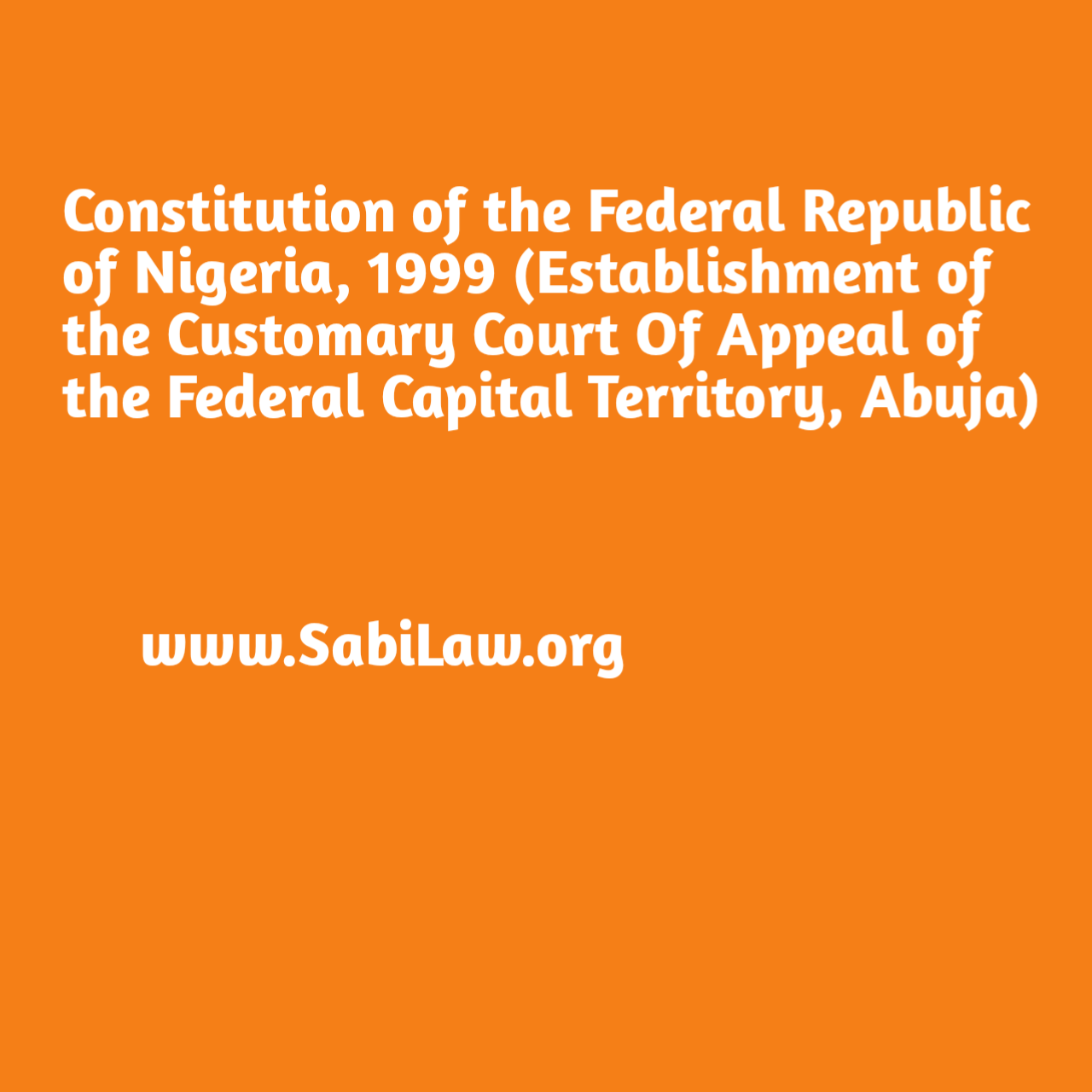
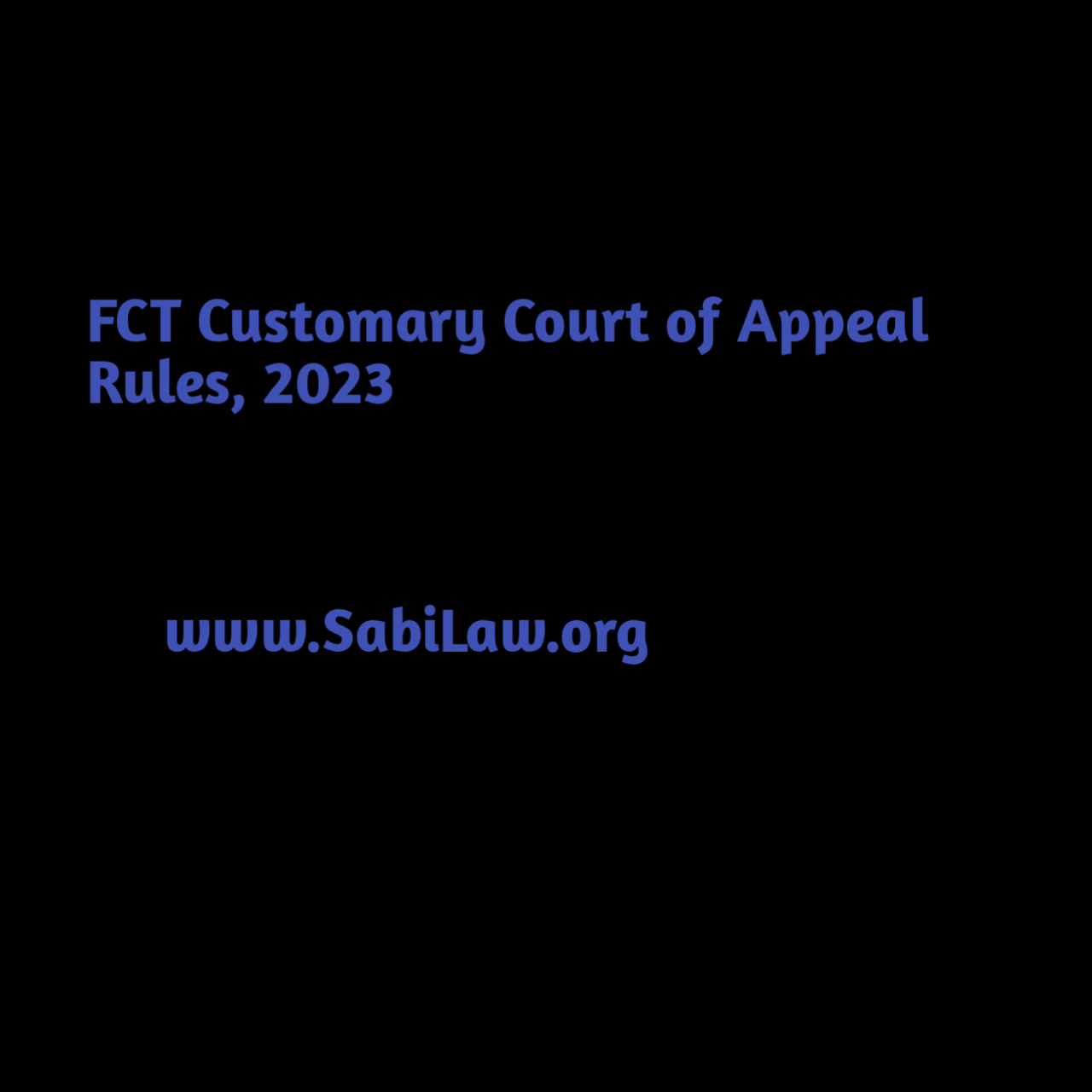

2 Responses
A very informative article. Please note however that the.country referred to as Guiana is actually the Cooperative Republic of Guyana. It changed name from British Guiana to Guyana after independence from the British in 1966.
Thank you for the information.